Research Areas
Molecular Diagnostics & Therapeutics
Ongoing Projects
Genome wide association study to decipher the host genetic factors associated with resistance toward Cisplatin therapy in oral cancers
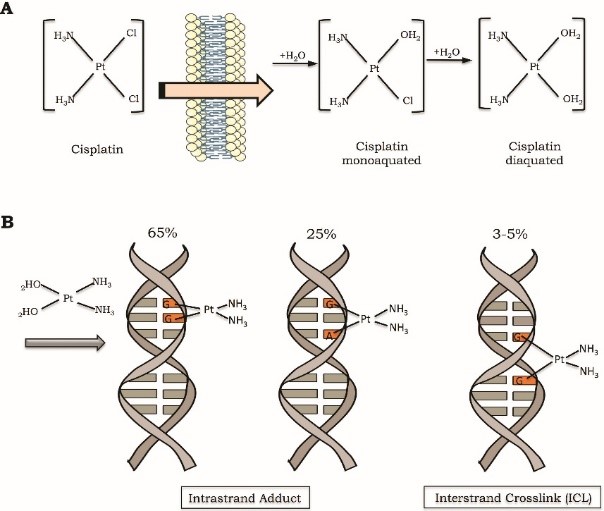
In India, 20 per 100000 population are affected by oral cancer which accounts for about 30% of all types of cancer. Cisplatin (cis-diamminedichloroplatinum-II) (CDDP) is currently employed for the clinical management of patients affected with a number of cancers including testicular, ovarian, head and neck, colorectal, bladder and lung cancers. The future of identifying molecular targets and targeted drug therapy resides in a comprehensive approach to the disease from both clinical and genomic perspectives. To this end it is also critical to identify responders and non-responders to standard drug therapy and to identify the cause and nature of their relapses to better address the patients’ medical requirements. Genome Wide Association Studies (GWAS) have been used by researchers to identify SNPs at multiple loci in different disease conditions. GWAS with advanced-stage lung cancer patients who received platinum-based chemotherapy identified a SNP, rs1878022, in CMKLR1 to be statistically significantly associated with poor overall survival. The objective of the study is to identify genetic markers as an index of response to cisplatin therapy in oral cancer and also the Identification of the somatic mutational landscape between primary tumor and relapsed tumor.
Whole Genome Sequencing of SARS-COV-2 (Indian SARS-COV-2 Genomic Consortium-INSACOG)
Since April 2020, GBRC has been involved in COVID-19 diagnosis by RT-PCR as well as whole genome sequencing of viral samples collected from various regions of Gujarat. Currently, there are no laboratories in Gujarat that are a part of INSACOG. Through its sequencing capability, GBRC can augment the current genomic surveillance strength of INSACOG. The objective of the study is Surveillance of SARS-CoV-2 variants and also to understand the impact of SARS-CoV-2 mutations with relevance to its transmissibility, immune escape, disease severity and diagnosis.
Mutation Profiling of Hemoglobinopathies in Gujarat

The Gujarat is a residence of numerous caste and tribal groups, which reveals the different genetic traits. Some of tribal groups have shown both a high prevalence of β-thalassaemia trait (6.3 to 13.6%) may be due to consanguineous marriage. A comprehensive database of the spectrum of mutations causing thalassemia in the Indian and Gujarat population is necessary. Each population group in which the disease is prevalent has a different spectrum of β globin mutations and a few mutations account for most of the alleles. Therefore, the emphasis should be given to the prevention of disease by studying the mutation profiling of sickle cell diseases and thalassemia in vulnerable population of Gujarat which can reduce the overall disease burden and mortality associated with it.
Evaluation the Success of Panchkarma, an Ancient Ayurvedic Treatment in Rheumatoid Arthritis Through Biotechnology
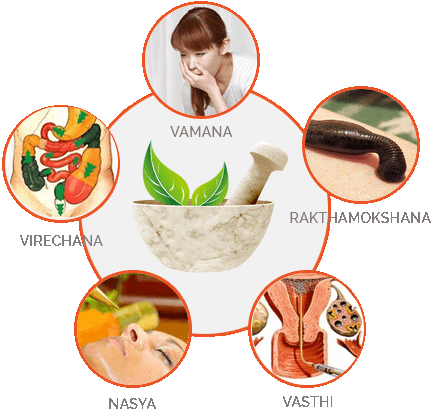
Ayurveda is a natural health care system that originated in India more than 5000 years ago. Panchkarma (Bio-purification), Ayurvedic medicine’s principle cleansing and rejuvenation protocols. Vitiation of Dosha beyond a particular level produces endotoxins which tend to accumulate in the Srotas (minute channels) of the body which should be removed for maintaining disease free life. Panchkarma is a science for purification of the body. Recent studies suggest that the aberrant immune response in RA may be associated with dysbiosis of the gut microbiota. Alterations of the normal gut microbiome can affect mucosal immunity with a consequent effect on extra-intestinal diseases like RA. Several studies have pointed to a low diversity of gut microbiota and dysbiosis in patients with RA. Ayurvedic practice such as Panchkarma, has not been studied at the molecular level for its effectiveness on gut microflora.
DNA based diagnostic kit and vaccine candidate for the Leptospirosis
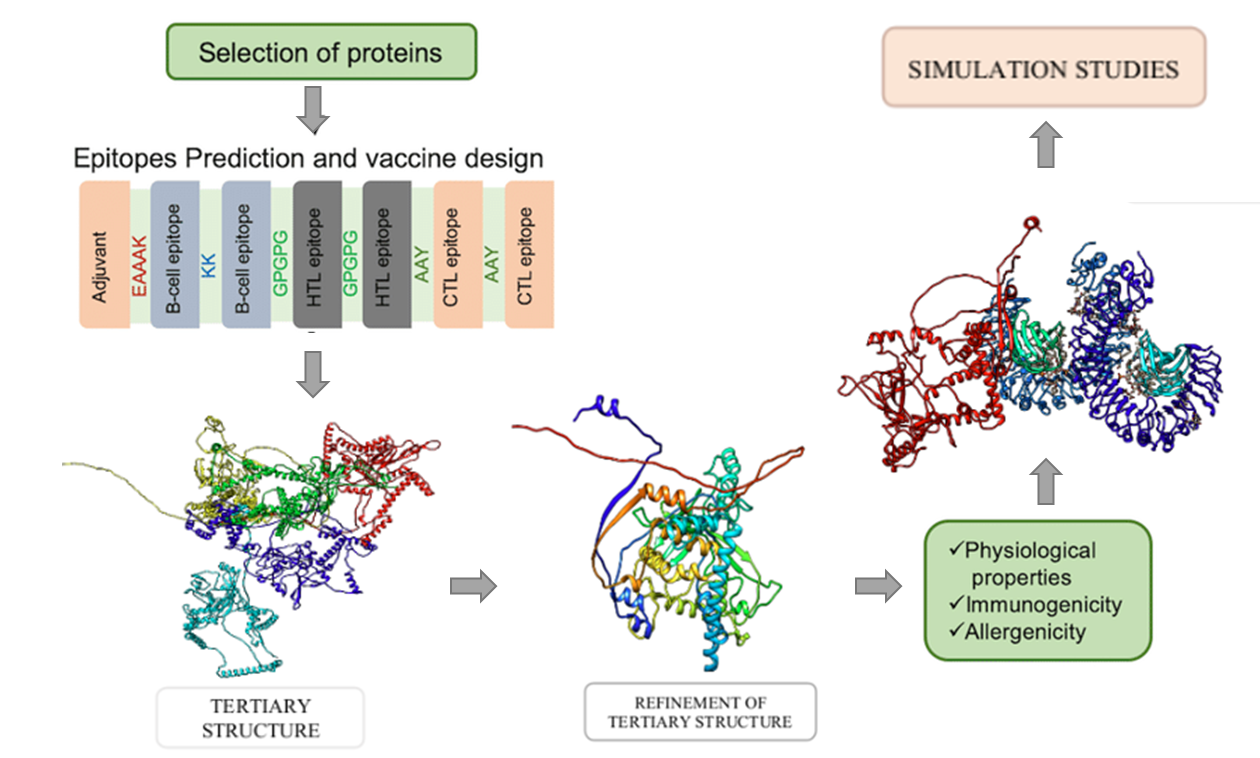
Leptospirosis, a zoonotic disease, is caused by infection with pathogenic Leptospira species. The illness caused by Leptospira in humans ranges from asymptomatic infection to a severe multiple organ infection with substantial mortality. Leptospira spirochetes have typical double membrane structure in which the cytoplasmic membrane and peptidoglycan cell wall are closely connected. Furthermore, leptospirosis has emerged as a health threat and humans are usually infected through direct or indirect contact with the infected animal. Warm-climate countries have a much higher prevalence of leptospirosis, owing to Leptospira' prolonged survival in the environment under warm, humid circumstances. Inactivated whole cell or membrane preparations of pathogenic Leptospira are used in veterinary and human vaccines; however, these vaccines fail to provide cross-protective immunity against other servers not included in the vaccine preparation, and thus do not provide long-term protection against infection. Recent advances in computational biology have revolutionized vaccination design and engineering. More than 250 putative outer-membrane proteins have been identified using genomic research, which are expected to be involved in host-pathogen interaction due to their location. We have designed multi-epitope vaccine constructs against Leptospirosis using an immuno-informatics approach. The constructs designed have immunogenic epitopes which are capable of inducing both cellular and humoral responses. All the constructs exhibited desired characteristics and established interactions with the TLR 4 receptor which were validated through means of docking and simulation studies.
Genome India Initiative
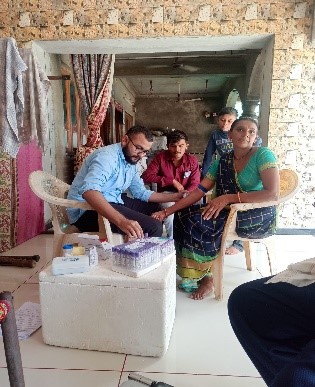
The Genome India project aims to assemble whole genome sequence information on 10,000 unrelated individuals sampled from well-defined ethnic groups that are representative of the entire spectrum of genetic diversity of the Indian population. GenomeIndia project aims to have as much representation of populations across the country for cataloguing the genetic variations for Indian population that will enable biomedical and population genetics research in India. This will facilitate the design and development of a customized genome-wide chip that would be used for detecting disease-susceptible regions and for pharmacogenomics studies across Indian populations. This can only be accomplished with a deep knowledge and understanding about the underlying linkage disequilibrium structure and haplotype maps from representative populations of India. Thus the project would follow the widely accepted and validated sampling procedure following the grid of ethnicity, geographical spread, language spoken, social structure, and population size.
Pilot study on clinical metagenome: Approach to detect causative agent for infectious disease in Human Clinical sample through NGS

In today’s scenario timely and accurate diagnostics of pathogen in clinical sample is most important need. Current diagnostic system needs lots of time and cost to diagnose one of the novel/known pathogen via series of test. Many of the diseases remain undiagnosed after various test conducted and in many cases patient life is sacrificed. The test may provide reliable test to identify causative pathogen of disease to the patient. Pilot study will help in establishing larger project to test across the large number of sample followed by well-equipped bioinformatics pipeline.
Probiotics and anti-microbial peptides for the treatment of metabolic and infectious diseases
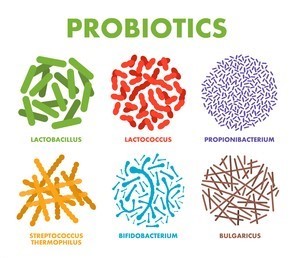
Probiotics are defined as “live microorganisms which when administered in adequate amounts confer a health benefit to the host”. The gut harbors a diverse microbiota that not only provides a barrier against colonization by pathogens but also has a role in regulation of immune development and maturation as well as well-being of the host. “Dysbiosis” is disruption of the balance of microflora and it is one of the major etiological factors responsible for several gastrointestinal and infectious diseases, metabolic disorders such as obesity and diabetes, and inflammatory disease. Moreover, the excessive use of antibiotics has created the problem of drug resistance in the pathogenic microorganisms worldwide. This has led to an increased research interest in probiotics due to their beneficial effects on the overall human health. Probiotics have attracted researchers to find out effects on human metabolism and their role in the treatment of diverse types of diseases or disorders.
Development of Camelid single domain antibodies (sdAb) against life threatening pathogens
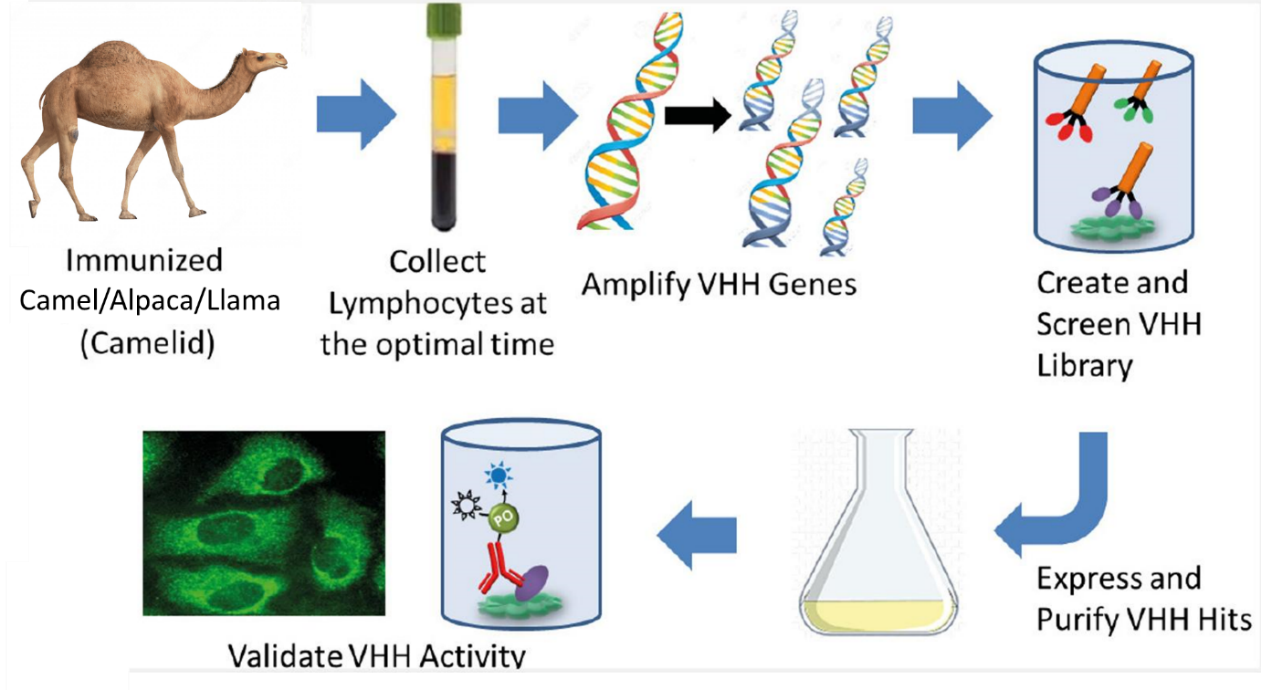
Single domain antibodies (SdAbs) also known as nanobodies, are derived from Camelid heavy chain only antibodies. Nanobodies are useful alternative to conventional antibodies due to their small size (~15 kDa), high solubility and stability across many applications. Nanobodies are antigen-binding fragments consist of single monomeric variable antibody domain. SdAbs have multiple pharmaceutical applications including potential life threatening diseases like cancer, Alzheimer’s, Covid-19, Bird flu, CCHF etc. as well as for development of diagnostics. Nanobodies can be identified from the library of naïve or immunized camelid VHH antibody library by multiple platforms such as Phage display, bacterial display, ribosome display, yeast display techniques. The antibody encoding VHH gene can be isolated from the high affinity binding partners identified by different display techniques and expressed by the E. coli, or yeast expression systems. The project aims to develop the therapeutic nanobodies against potential viral pathogens such as Covid-19, H5N1 bird flu, CCHF using the phage display technique.
Development of Adenovirus vector based vaccine against life threatening pathogens
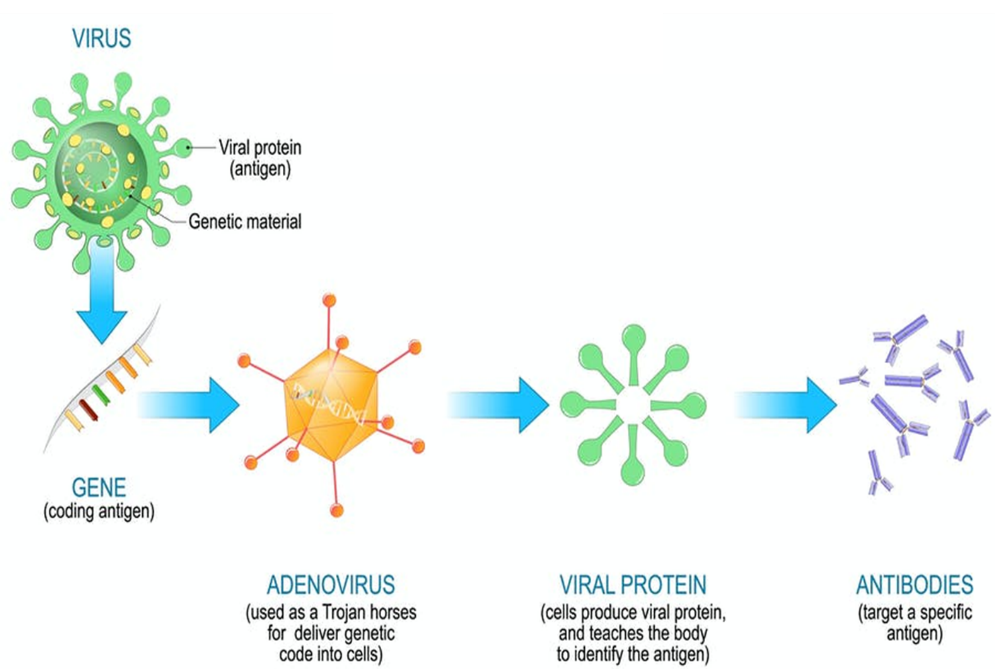
Indian subcontinent is located on the equator and the weather supports the growth of vectors. High population density and lack of hygiene is also responsible for the rapid infection of various causative agents. India usually depends on the import of therapeutics and vaccines from western countries which has both limited source of supply and non-economical in nature. These factors make western therapies non available to common man in India. Hence there is need to develop indigenous vaccine candidates which can help country and state eliminate the need of expensive imports and provide affordable healthcare to common man in country and state. Adenovirus vector based vaccines have been successfully developed and used for the prevention of Covid-19. Adenovirus vector based vaccines against EBOLA, H5N1, tuberculosis, Malaria and HIV have been under various phases of development and clinical trials. Adenovirus vectors are replication defective, have been found to be safe in humans and able to generate both humoral and cell mediated immunity as demonstrated through development and use of many adenovirus vector based vaccines against Covid-19. Considering the potential need for indigenous vaccines against these diseases, the present proposal primarily aims to develop adenovirus vector based vaccine development platform by targeting the candidate vaccines against EBOLA, Zika, Chikungunya, H5N1, and Crimean-Congo hemorrhagic fever (CCHF).
Network Program on “Antimicrobial Resistance, Superbugs and One Health”

AMR (Antimicrobial Resistance) occurs when bacteria, virus, fungi and parasites change over time and no longer respond to medicines, making it difficult to treat infections increasing the risk of disease spread, severe illness and death. Microorganisms that develop resistance to antimicrobials are referred to as “superbugs”. Misuse and overuse of of antimicrobials are the main drivers in the development of drug-resistant pathogens. The rising prevalence of AMR is a threat to public health globally as recognized by WHO. Particularly, novel emerging AMR mechanisms and multidrug resistant pathogens threaten treatment of microbial infections. Antimicrobial resistance is a global development threat. It requires urgent multisectorial action to achieve Sustainable Development Goals. GBRC receive samples from three nodes i.e. healthcare, environment and veterinary in the form of bacterial isolates or metagenome samples. GBRC has completed 765 bacterial whole genome sequencing for mapping AMR. Genome analysis will reveal novel mutations, mechanisms and pathways responsible for AMR. Understanding AMR mechanisms will help to form policies and possible solutions to AMR.
Completed Projects
Dengue Serotype Diagnostic kit

DENV belongs to the Flaviviridae family comprising of 4 unique serotypes. As the induced antibody concentration in the early stage of infection is quite low, the proper diagnosis is becoming extremely difficult by IgM capture enzyme-linked immunosorbent assay (MAC-ELISA), and other assays. As dengue outbreak occurs in Gujarat every year, secondary infection with different dengue serotypes can lead to more-severe manifestations, such as dengue hemorrhagic fever (DHF) and dengue shock syndrome (DSS) therefore serotype specific diagnosis and molecular surveillance for its control is particularly important. GBRC has developed the PCR and RT-PCR based multiplex assay for detection of all four dengue serotypes (DENV1, DENV2, DENV3 and DENV4) in single tube. The developed kit by GBRC will help in early detection of circulating serotype in the region which could be an important approach to prevent increasing number of severe outcomes during dengue outbreak. It would also help to delineate underlying pathogenesis in strain variation. This technique and simple PCR or qPCR based method which can also be deployed in vector surveillance. This will enable early identification of risk zones or susceptible area for dengue outbreak and will facilitate eradications measures by Health Department.
Development and Validation of Amplicon panel for Hereditary Breast and Ovarian Cancer in Indian population
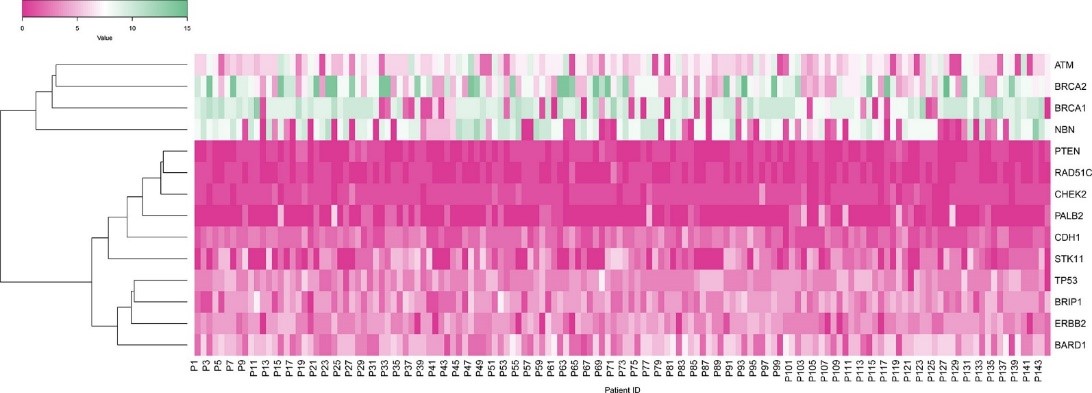
Breast and ovarian cancer are the most prevalent cancer and leading cause of death in Indian women due to late diagnosis and delayed treatment. The pathogenic variants of BRCA 1/2 are major responsible for the HBOC. However, the mutational profiles of BRCA 1/2 are highly variable across various populations of the world and India. GBRC had collected 100 samples with patient consent form/genetic counselling and patient history and amplicon sequencing of collected samples for panel validation and new biomarker identification. GBRC found novel variants and gene candidates associated with HBOC conditions in Western Indian population. This can provide novel and prevalent gene variants associated with the HBOC condition in the Western Indian population which could be further studied in detail for their application in early diagnosis and better prognosis of the disease.
Development and Validation of Amplicon panel for Hereditary Breast and Ovarian Cancer in Indian population

A group of 70 disorders whereby lysosomal function is disrupted which follow recessive and X-linked inheritance models. The Combined prevalence is ~1:5000 worldwide and in India- ~20 of 70 LSDs are most common. Current gold standard technique is- iterative, not amenable to high throughput, low yield and with high cost. The smMIP assay covers 20 genes associated with 23 LSDs in India and technology will able to detect SNVs and CNVs accurately with 80% diagnostic yield. The technology developed is of Low cost, with high throughput and accuracy, and with quick turnaround time. The technology deploys Flexible approach with high clinical surety (enzymatic approach) vs low clinical surety/ variant detection (smMIP approach).
Weekly Surveillance of Wastewater for SARS-CoV-2 Gene Detection in Ahmedabad for Pandemic Curve Monitoring-UNICEF funded
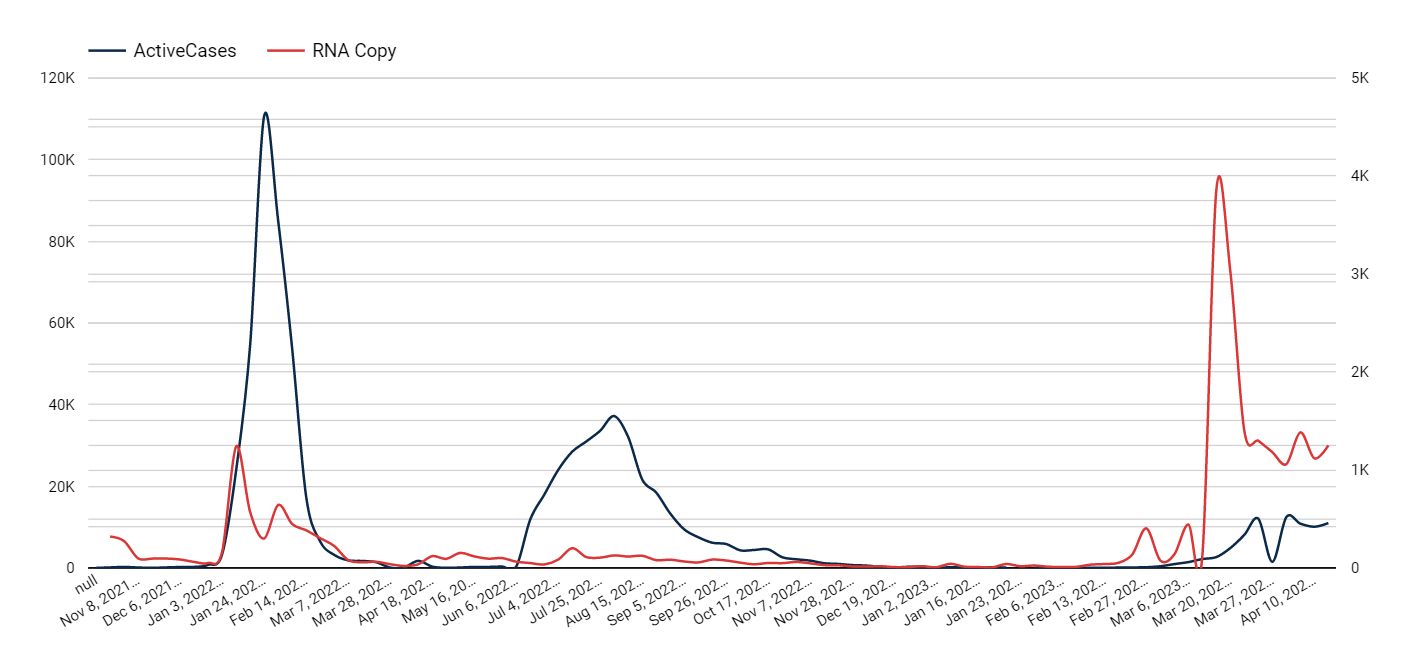
GBRC intended to study weekly surveillance of SARS-CoV-2 to gather evidence about the COVID-19 situation at the community level. The major objective of the study was to detect and quantify variation in the genetic material of SARS-CoV-2 in the various wastewaters of Ahmedabad to understand pandemic situations and also to establish applicability of WBE for COVID-19 surveillance as a potential tool for public health monitoring Key Outcomes: A total 111 samples (95.7%) of the total 116 samples tested in the study were found to be positive, with at least two positive RT-PCR results targeting SARS CoV-2 ORF1ab, S gene, and N gene assays. Monthly variation depicted a significant decline in all three gene targets in October compared to September 2020, followed by a sharp increment in November 2020. The rise in genome conc. in samples collected in November was in line with a ~1.5-fold rise in number of confirmed cases during the 3rd September 2020 and 26th November 2020. The change in gene conc. was observed in the lead of 1-2 weeks with respect to the provisional figures of confirmed cases. The results expound on the potential of WBE surveillance of COVID-19 as a city zonation tool that can be meaningfully interpreted, predicted, and propagated for community preparedness through advanced identification of COVID-19 hotspots within a given city.
1. Kumar, M., Joshi, M., Shah, A.V., Srivastava, V. and Dave, S., 2021. Wastewater surveillance-based city zonation for effective COVID-19 pandemic preparedness powered by early warning: A perspectives of temporal variations in SARS-CoV-2-RNA in Ahmedabad, India. Science of The Total Environment, p.148367.
2. Kumar, M., Joshi, M., Patel, A.K. and Joshi, C.G., 2021. Unravelling the early warning capability of wastewater surveillance for COVID-19: A temporal study on SARS-CoV-2 RNA detection and need for the escalation. Environmental research, 196, p.110946.


